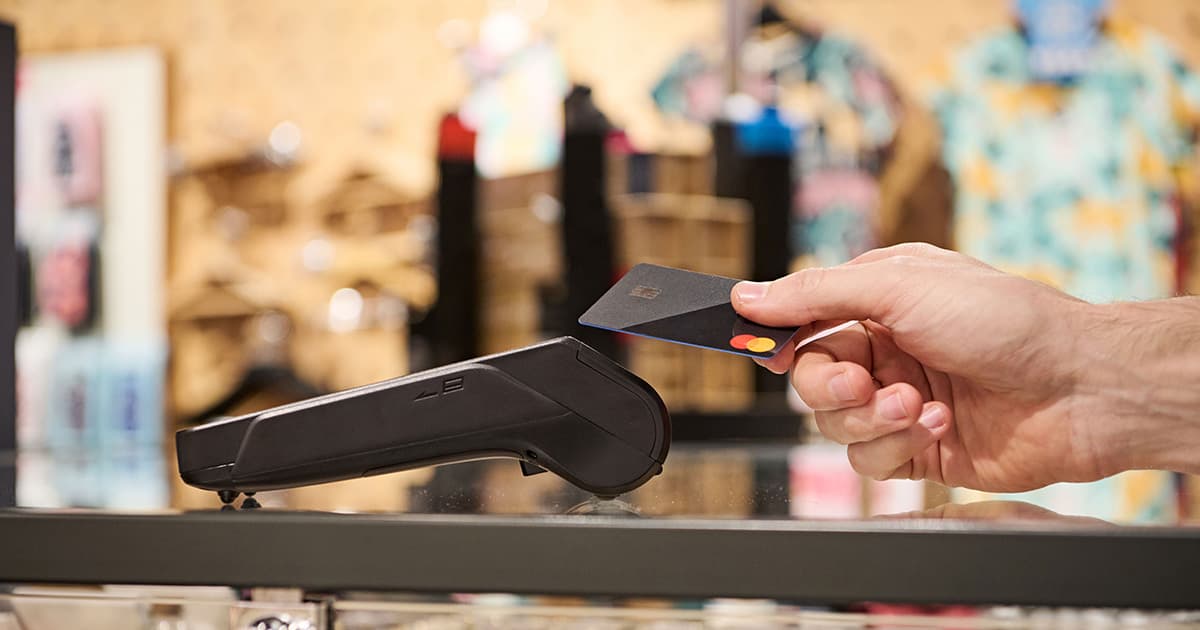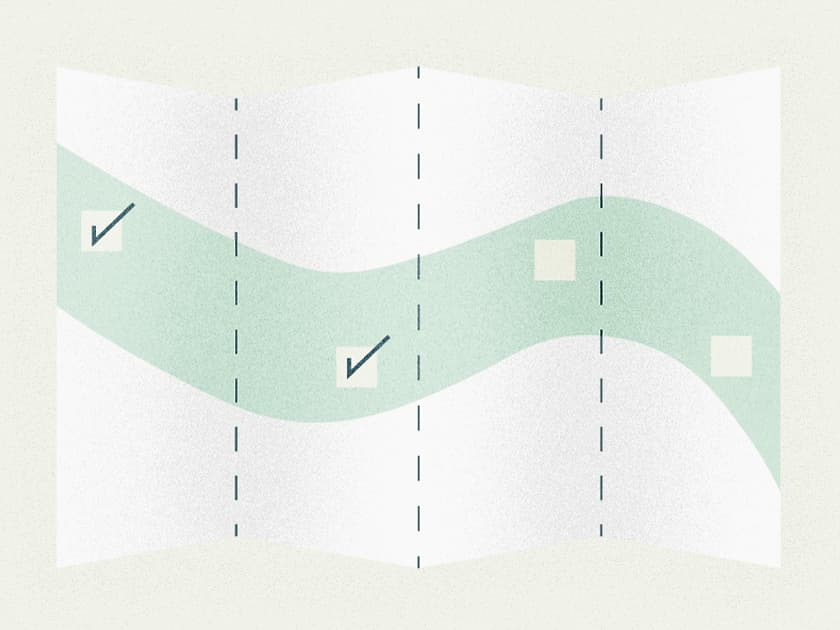
- Business Growth & Optimisation
Selling a Product vs Selling a Service
Is there a difference between selling products and services?
Your first major decision as a future business owner is to determine what you’re going to sell: will it be a product or a service business? It’s important to take time to think this through. Your decision will influence everything from the kind of premises, to the skills you’ll require staff to have, and marketing you’ll require.
It’s crucial to understand the differences between selling a service and selling a product. Product-based businesses sell tangible items, whereas a service business’s products are intangible; value is provided through skills, expertise, and time.
Knowing the advantages and disadvantages of selling products versus services is fundamental for your business aspirations. That is not to say one type of business is more likely to succeed than another; instead, it simply means that some marketing strategies are better suited to one over the other, and each type of business presents its own issues you’ll need to overcome. Keep reading on to find out more.
Selling a product
Products are tangible — allowing customers to touch, try, and view demonstrations of them in use. When selling a product, it’s important to highlight specific features and have the product on display in an easily accessible space.
Importantly, a product provides customers with a level of assurance — which has a financial impact on you as a business owner. If a customer decides they are not satisfied with the product, they can typically return it or exchange it for a different item. For instance, a vase purchased at a gift store could be returned for an exchange or refund if the customer decides it’s not right for their home. You’ll need to factor this into your decision and put the appropriate measures in place to protect your business, while abiding by the relevant consumer laws.
There are a number of other advantages and disadvantages to selling products, which you’ll need to consider before making your decision.
Advantages
Products offer a solution for customers: for example, you may sell cleaning products that are eco-friendly, yet make cleaning easier with fewer products required. This is straightforward to explain to a customer.
Products can be improved or updated, yet often remain similar to their original design.
Product features can be evaluated before purchase, with a wider market to promote and sell to. You are not dependant on one customer.
Selling a product allows you to focus more on your sales, rather than on customising the offering as you would for many services.
Discounting offers a handy way to clear any additional stock on hand.
Disadvantages
There are inescapable inventory costs associated with selling products. Irrespective of whether you are manufacturing or selling products, you need to estimate how much stock you need on hand — meaning you will need to spend money before you make it.
Lack of inventory can lead to bad product reviews. Selling products means feedback comes faster than service-based business reviews. Product reviews on websites such as ProductReview can be instantaneous and either promote or deter potential buyers.
You’ll need to track the product’s manufacturing process to ensure that there is enough stock to meet demand and that there aren’t any delays.
Some products will inevitably be damaged, either in transit or by customers, so you’ll need to factor a contingency into your costs.
Sales projections will need constant review to ensure you’re striking a balance between sufficient inventory and sales.
Selling a service
Service businesses are less expensive to set up, because there are little to no inventory costs. Plus, the costs of having a physical shopfront can be removed altogether if the business is a mobile one that comes to customers. Importantly, that means a mobile credit card reader is a must.
Service businesses range from professional services such as attorneys and accountants to creative services, personal care, health care, and home repair. Those offering creative services, like writers and graphic designers, can work from home or their client’s office with little more than a laptop — whereas carpenters, electricians, and gardeners will often need to fork out some for expensive work tools.
Operating a service business can be more complex than a product business, as you’re dealing with intangibles and heavily reliant on client perception. Building trusting relationships, and refining your sales pitch to potential clients on how their needs can be met will be key. For example, if you are offering a social media marketing service, you will need to tailor your service to your clients’ needs. This could include low monthly or yearly subscription packages or optional additions to the standard service you’re providing.
Unlike a product service that’s appraised almost immediately, receiving reviews for your service takes longer to acquire due to the length of time the service takes. To add to this, receiving a bad review can mean your business takes a hit in reputation as services can’t be exchanged as products can. So, it’s important to address client complaints and questions and resolve any issues that arise.
Advantages
Selling a service means that you don’t have to limit your pitch to pre-existing features like you would when selling a product. You can personalise your offering to meet your customers’ needs, highlighting the features of the service that you know they are most interested in.
There is little to no need for inventory, as you are providing your own skills and expertise.
Disadvantages
Pricing for a service business can be competitive, and depends on various factors such as the specific industry, your (or your staff’s) experience, and the time it takes to complete the service. You may need to consider multiple pricing levels, and the impact of those levels on your bottom line.
If you are offering creative services, you may find it hard to describe your offering to potential clients as they may not be able to visualise what you do and the value this provides.
Paying for a service can feel like more of a risk, as customers cannot evaluate it before purchasing. The more ambiguous, expensive, and impactful the service is, the greater their risk factor — and the harder you’ll have to work on your marketing and sales pitch.
Whether you choose to run a product or service business, understanding your prospective customers’ needs and your market sector is critical for success. Research and take note of what your competitors are doing, what customers or clients are looking for, and compose a business strategy that will meet their needs — and can be fine-tuned as trends change and customer feedback is received.



